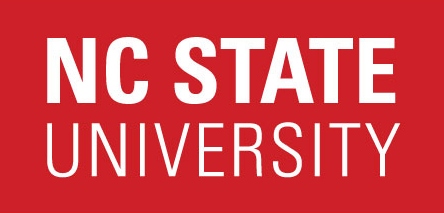 |
Understanding Seasonal Evolutions of Coastal Hydrography Using Novel Glider TechnologySponsor: |
|
The goal of this research is the experimental operation of our newly acquired Slocum coastal ocean glider in the North Carolina coastal ocean. Gliders are state-of-the-art autonomous underwater vehicles (AUV) that can operate unattended for roughly a month-long period in the ocean. Given a forward horizontal speed of 0.25-0.35 m/s, gliders can cover 20-30 km per day or 600-900 km per month. They move up and down in the ocean by changing buoyancy. Wings allow steerable gliding, thus horizontal propulsion. The vehicles trace a saw-tooth profile, observing temperature, conductivity, and other water properties versus depth, and at the surface, fix positions via the Global Positioning System. An onshore team monitors and directs glider trajectories using two-way iridium satellite communications, which permit near real-time delivery of observations and re-direction of mission/adaptive sampling. For this research, we will work towards a seasonal survey that captures coastal hydrographic conditions off North Carolina. Our ultimate scientific objective is to understand and quantify seasonal evolutions of the horizontal and vertical structures of the coastal ocean mass fields, which are vital for understanding seasonal circulation on the shelf, material property cross-shelf exchange, and vertical structures of the ocean boundary layers. The benefits of these glider measurements are spatially dense and near-real-time observations of shelf hydrography. They constitute an extremely valuable dataset to constrain the performance of the ocean circulation model that we are also developing. The glider data will be assimilated in our realistic coastal circulation predictions, which are critical to search and rescue operations, hazardous material spill response and fisheries oceanography /management, to name just a few direct applications. Results: |
